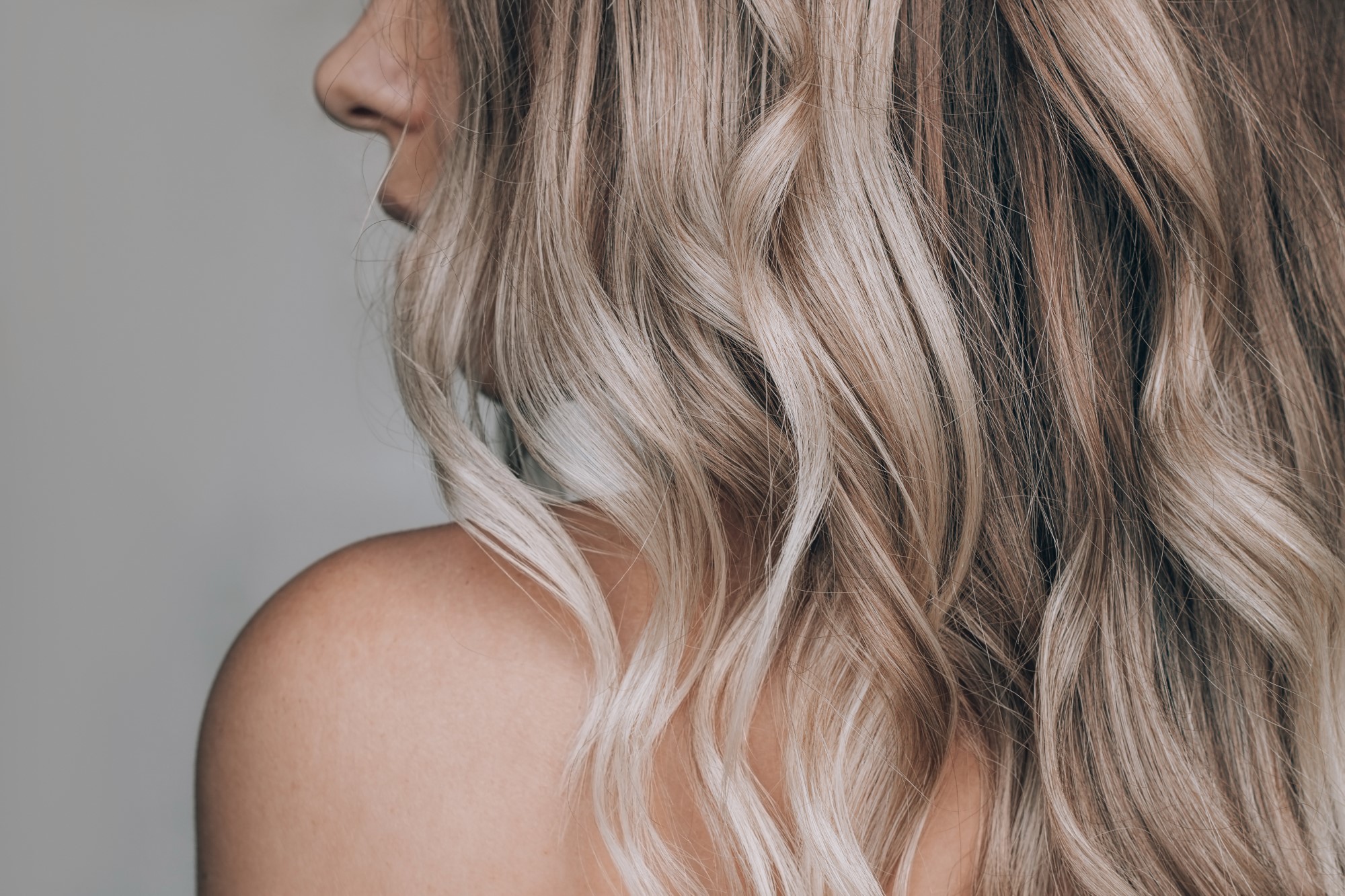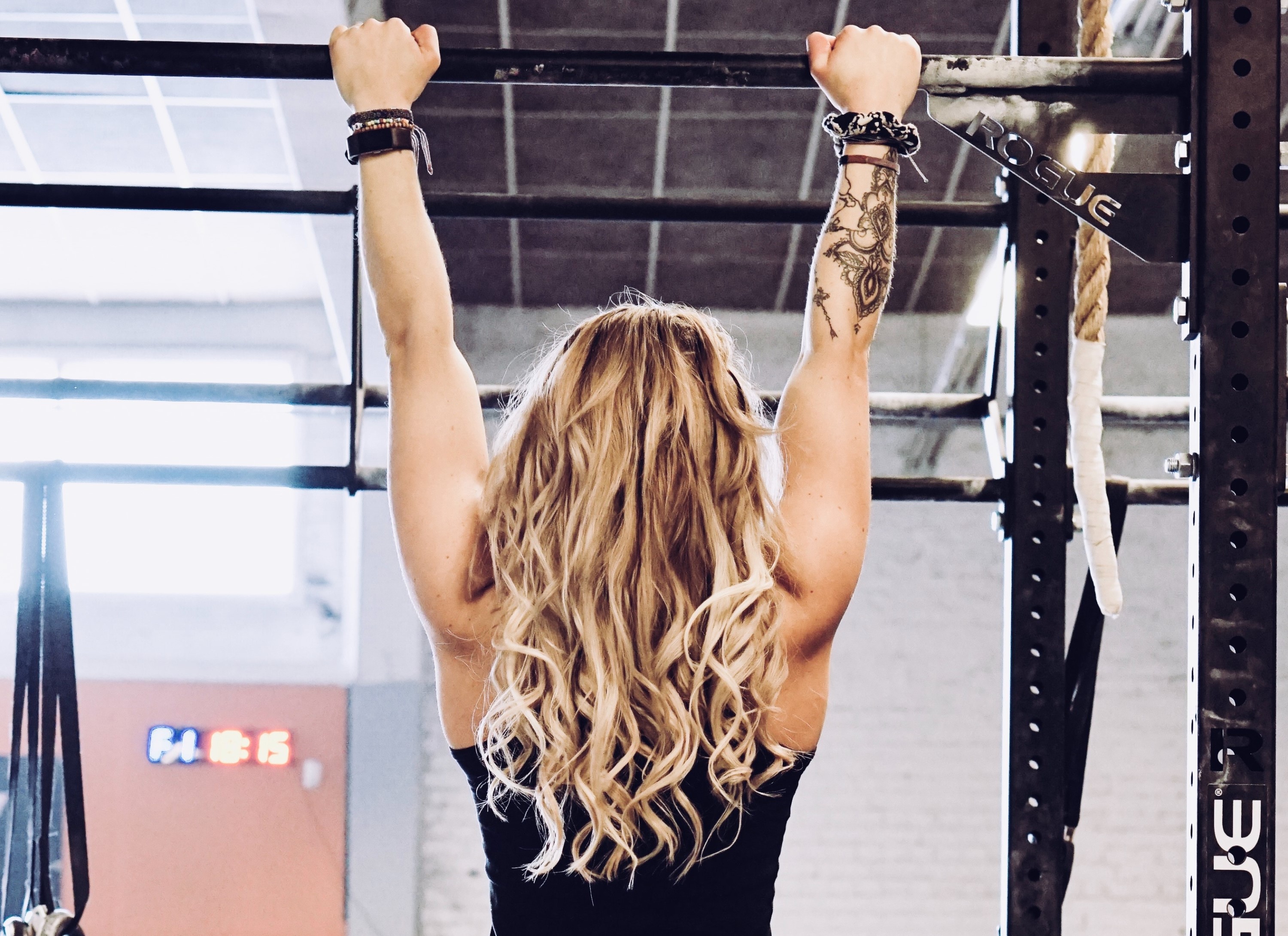-
- PRODUCT TYPE
- Shampoo
- Conditioner
- Treatments
- Stylers & Finishers
- Colour
- View All
- Blog
- Hairstyles
- Do I have naturally wavy hair?
DO I HAVE NATURALLY WAVY HAIR?
We know how it starts. You see a viral TikTok, or stumble across a video on YouTube - and the story’s always the same. Someone who thought they had straight hair has now discovered their hair is actually wavy - and they’ve shown you all the signs of their hidden hair type.
But can straight hair actually be wavy hair in disguise, or is it just wishful thinking and clever advertising? We’ve done our share of mythbusting, so you don’t have to.
Signs you may have wavy hair
These signs aren’t a perfect science, but they may give you some clues to spot if you have some natural waves in your hair:
Tests to see if you’ve got wavy hair
There are two tests you can do to see if you’ve got wavy hair. One’s super-speedy - the other will take you a little bit of time.
1-hour test to see if you’ve got wavy hair
These methods can help you discover if you have wavy hair or not - but the end results may be hit or miss, so make sure you have the time to rewash and style your hair if the finished look isn’t what you’re after.

2-hour test to see if you have wavy hair
What does wavy hair look like?
Wavy hair tends to have a very loose, relaxed S-shape wave - depending on your hair’s thickness and how you style it, waves can range from barely-noticeable to full-on mermaid beach waves.
If you’re almost-certain you might have wavy hair, it’s likely you have Type 2A hair - this is fine hair with a barely-there wave that can occasionally look tousled or frizzy.
The best products to use on wavy hair
The best way to look after wavy hair is to use the right products which will care for your natural waves, and help you make the most of them. Don’t fight your natural hair texture - excess straightening and heat styling will lead to broken, damaged hair which is even harder to manage.
- Blog
- Hairstyles
- Do I have naturally wavy hair?




